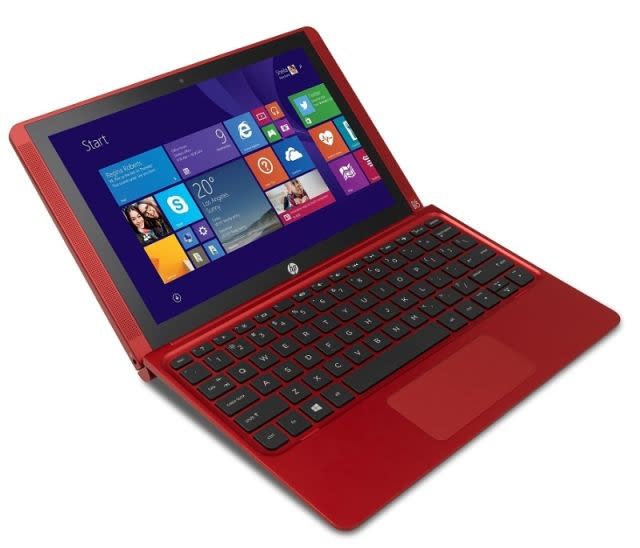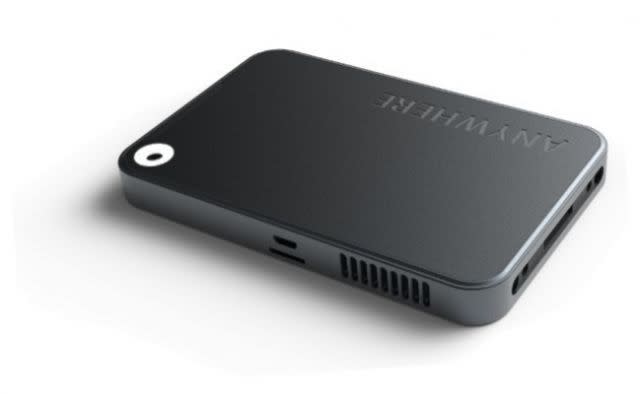Microsoft shows Windows 10 at Computex
On Wednesday during its keynote address at the Taipei International Convention Center, Microsoft showcased the improvements its next operating system will bring to existing computers and offered a sneak peek at some of the new devices inspired by its capabilities that are in the pipeline.
Windows 10 becomes available for free download on July 29, and Microsoft has made no secret of its ultimate aim to get 1 billion devices using the operating system before the end of the decade -- a goal reiterated by the company's corporate vice president OEM division, Nick Parker, when he took to the stage.
In an increasingly digital and increasingly mobile age, Microsoft believes that a renewed focus on the individual -- i.e., a return to the 'personal' in PC, an apps ecosystem that is inclusive rather than exclusive, and on-going upgrades and improvements will be key. New types of devices with Windows at their core are also part of the plan.
"Our device partners continue to push the envelope of innovation, developing stunning PCs that are sure to delight customers," said Parker, who also showcased a number of new Windows-powered devices during his presentation.
They included a new Dell notebook, the XPS 15, which boasts an almost bezel-free display, and the latest in the Asus Transformer Book series of 2-in-1 laptops which now offers a 14-hour battery life.
A new take on the 2-in-1 from HP called the X2 was also on show featuring a clever magnetic hinge design for detaching the keyboard and converting the device into a tablet and offering native support for a stylus.
In all, 96 new devices are in the pipeline for launch before the end of 2015 and as well as computers that are about to go on sale, Microsoft also demoed two never-before-seen devices boasting new form factors but with no confirmed release dates.
An ultra-portable desktop from FoxConn called the Kangaroo has an integrated fingerprint scanner and when connected, turns a television into a full PC. And a mini-PC integrated into a power adaptor called the Compute Plug and developed by Quanta plugs into a television's HDMI port and enables users to control the set via voice commands, a remote control or wireless keyboard.




